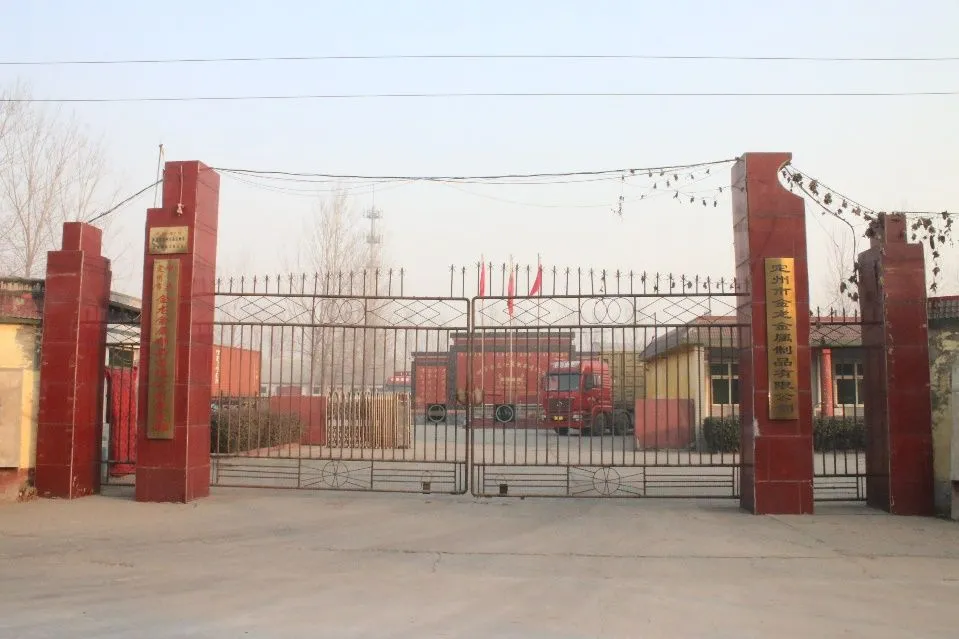" title='China’s welding electrode industry continues to thrive as a cornerstone of both domestic construction and international manufacturing supply chains. Recognized for their robust quality and cost-effectiveness, welding electrodes from China play an integral role in projects ranging from high-rise buildings to intricate machinery.

'>China’s welding electrode industry continues to thrive as a cornerstone of both domestic construction and international manufacturing supply chains. Recognized for their robust quality and cost-effectiveness, welding electrodes from China play an integral role in projects ranging from high-rise buildings to intricate machinery.
